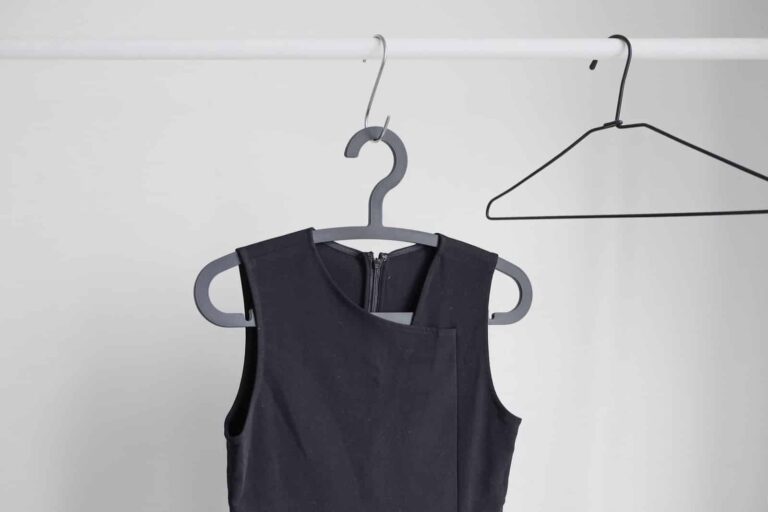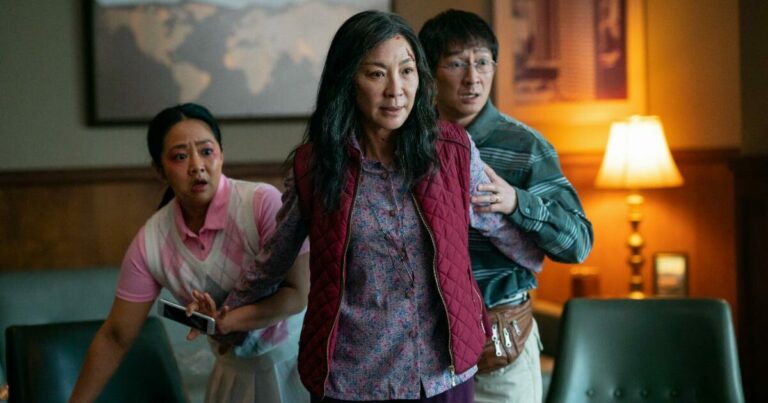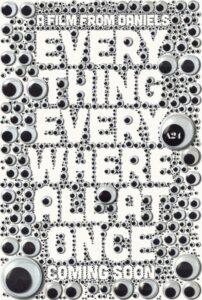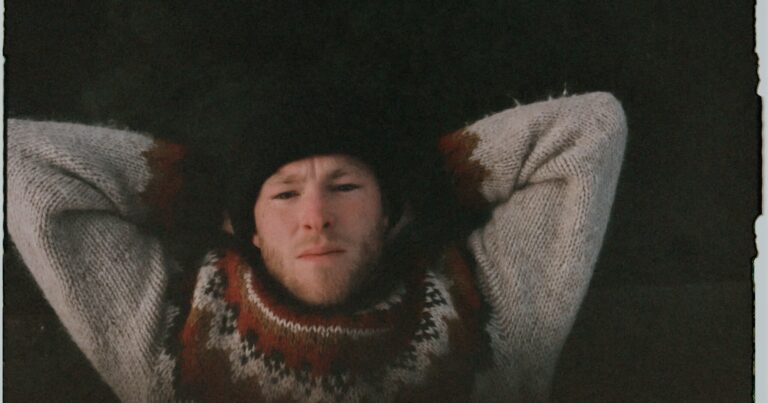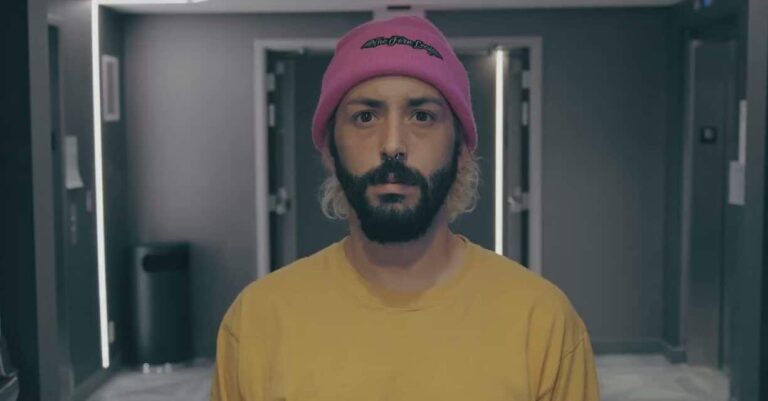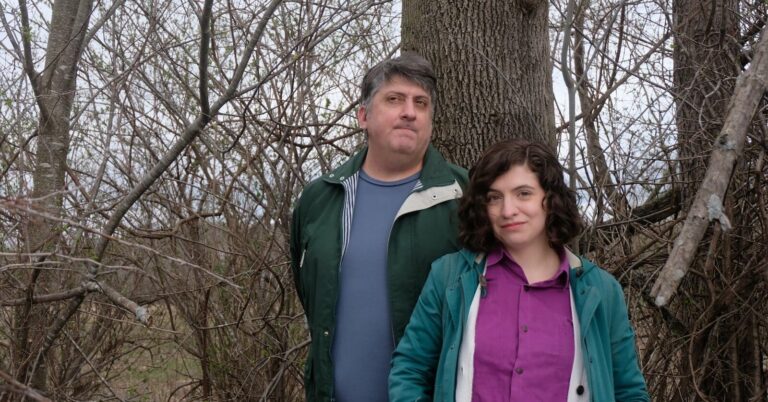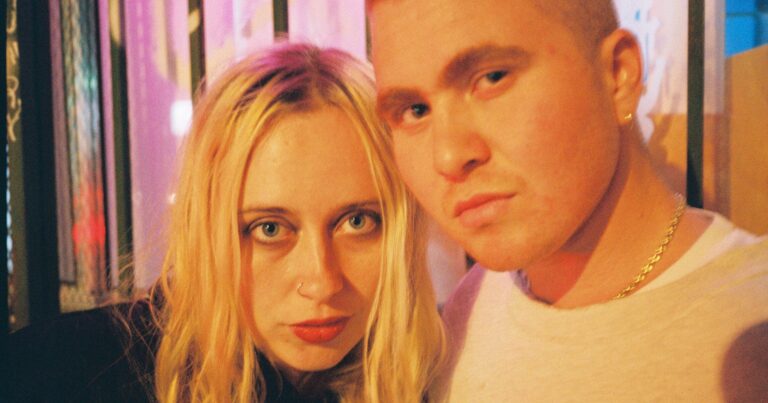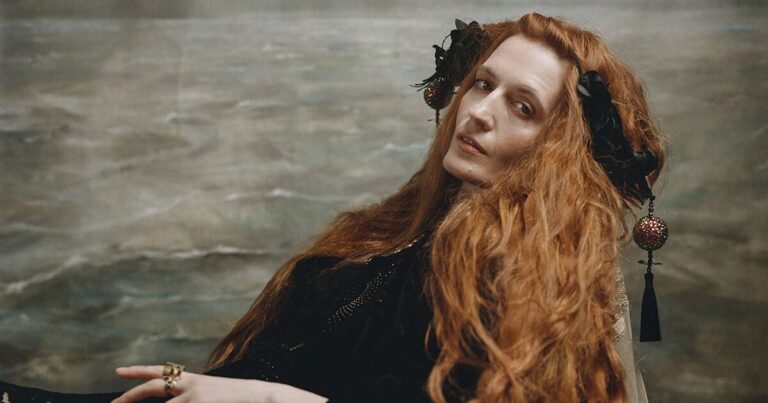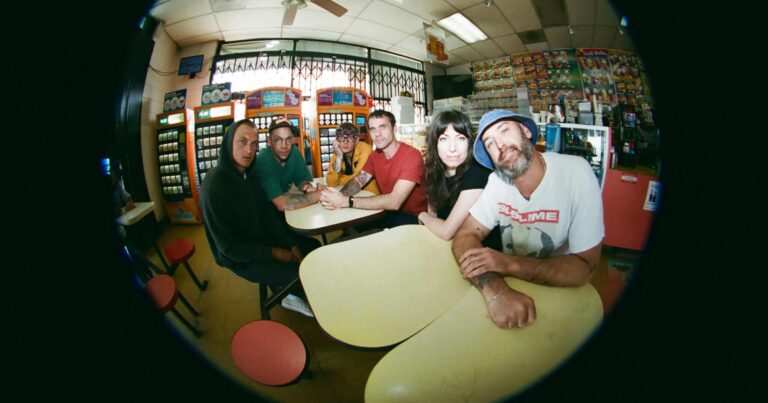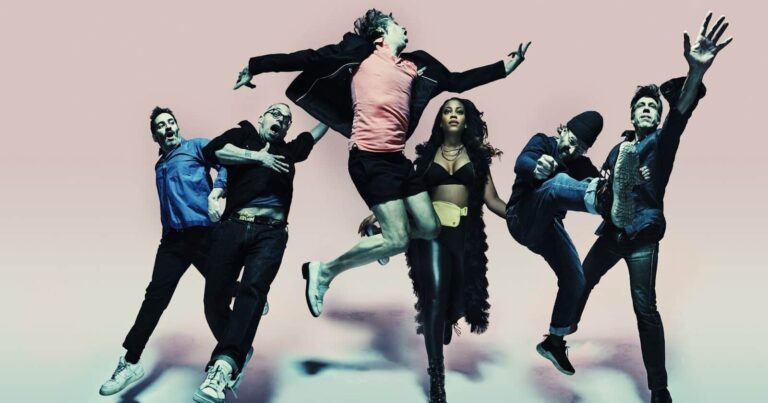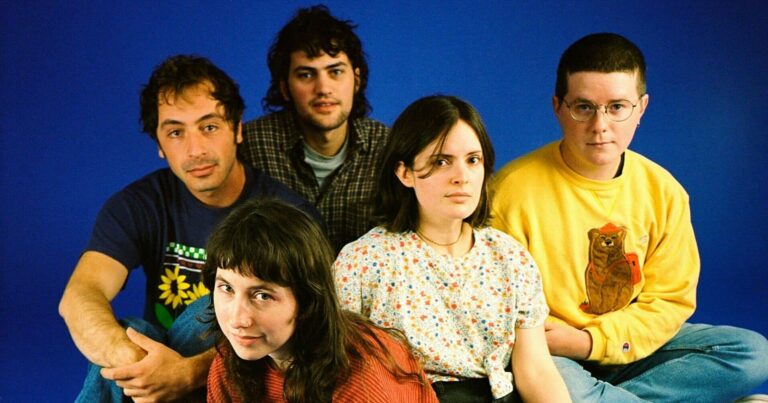When we think of slit dresses, the first image that pops into mind is Jessica Rabbit’s outfit from the 1980’s movie “Who Framed Roger Rabbit.” That sparkling red-colored ensemble with a thigh-high slit sparked the most daring trend in the fashion world. Surprisingly, that is still going strong!
Dresses with slits are a classic formal look. While thigh-high slits resonate with the glamor of red carpets and runways, in real life, you can turn heads in a modest slit with no drama.
As per formal dress experts Sherri Hill, when shopping for an all-the-rage short or long designer dress with a slit, choose the *one* that fits you like a glove. Do a trial run in the dressing room to check the fitting – front & back. Make sure it doesn’t create wrinkles, and there is no room for a peekaboo moment when you move.
Be it your prom, formal evening gala, cocktail party, or just a bright sunny day, a designer dress with a slit is sure to make you look flattering. Of course, the trick to perfectly style a slit is to make sure you show off only what you want to display; otherwise, there is a good chance of a fashion mishap during the occasion.
Luckily, our fashion experts have endless secrets for pulling off the hottest trending slit dress without a wardrobe malfunction. Keep reading!
-
Pick The Slit In Line With Your Comfort
No doubt, a thigh-slit worn by your favorite celebrity on the red carpet is quite tempting to adorn, but it is a big “no” if you are not comfortable with exposing it all.
Wait, this doesn’t mean that you cannot jump into the exclusive trend – because YOU CAN!
All you have to do is choose the slit as per your comfort. You can take a mid-calf or just a small slit to transform your statement into flirtatious and sexy.
Remember, a small slit in the front or side is enough to elevate your appearance. Peep into this gorgeous off-shoulder tiered Sherri Hill gown with a moderate side slit for the proof.
2. Make Sure The Dress Fits You Perfectly
The right fits matter, and it’s a no-brainer!
When shopping for an all-the-rage short or long designer dress with a slit, choose the *one* that fits you like a glove. Do a trial run in the dressing room to check the fitting – front & back. Make sure it doesn’t create wrinkles, and there is no room for a peekaboo moment when you move.
A fitted slit dress that is also taped down well is a secret to the showstopping look of your dreams.
3. Go For A Long Hemline
If you are all heart at sizzling thigh-high slits but at the same time don’t want to compromise on your comfort, we recommend you try long dresses and skirts. The extra fabric prevents the dress from slipping or ripping, making it convenient.
More than that, it builds up your confidence to flaunt a sexy, cosmopolitan look on without any hesitation.
Good News: You can easily find elegant high-slit long dresses from the top designers’ line, such as Sherri Hill Couture, on clearance sale.
4. Think Of Tights
Think of tights, leggings, or lingerie stockings if you are looking for a complete savior for your slitted dress. Make sure only to pick the voguish tights, such as fishnet, sheer printed tights, polka dot tights, or plain colored tights.
Marry your high-slit dress with a complementing tight will cover your legs, helping you feel secure. Bonus? It will add a hint of glamor to your look, and you will feel more stylish than before.
5. Spanx In Your Rescue
Perhaps, you are all into the latest slit trend but afraid to show off the faulty parts of your body. This is where Spanx, the perfect body shaping gear, enters the scene. It will create an illusion of a slimmer look, giving you the confidence to rock in the high-slit designer dress of your dreams.
Nevertheless, you must ensure that you feel comfortable with Spanx under your slit dress. The best way is to practice sitting, standing, and even dancing at home before you leave for the party.
6. Heels May Help
Believe it or not, but heels have the magic to fix everything in a girl’s life – your mood, as well as your style game. In the case of your designer gown or dress with slit, heels work well and make your legs look longer.
Of course, you can play with the style of heels to create a personalized look. Choose stilettos, wedges, or block heels as per your comfort. In addition, ankle boots are also a great match for your slit dress, especially if you want to flaunt the dress a bit more.
7. Stitch It Up
Are you full of beans about showing off a trendy statement in a slit dress but fear from the too revealing high slit? Fret not; it’s an easy fix! You just have to stitch it up for a bit more coverage.
Note: While altering your high-slit dress, validate that the dress still fits right on your body. The slit should lay and tape down well.
8. Balance It Out
While showing off the skin is a way to flaunt a celebrity kinda statement, the “too much” of that can be awkward and ungracious. So, focus on balancing the see-through effect of the slit with elegant details, such as a high neckline and long sleeves.
Besides, keep the accessories simple to avoid going overboard. A subtle pair of studs and a bracelet is enough to add allure to your look.
Do you realize the added advantage of toning down the rest of the look? You can let the slit take center stage, while you being an ultimate urban diva.
Stun All Eyes With Stunning Slit!
Slit dresses are a hot trend this season; they are no longer the realm of the red carpet. You can also wear them to classic formal occasions or dazzling parties to throw sass around like confetti.
And, now that you already know the best tips and tricks to slay in a slit dress without any fashion faux pas, wait no more and start shopping for the *one* now. Don’t forget to browse through designer Sherri Hill’s dress collection for exclusive styles, colors, and details.
